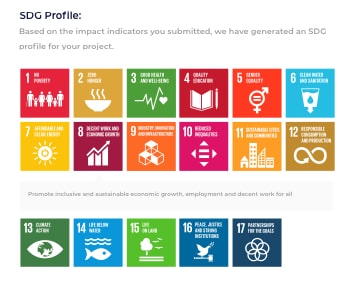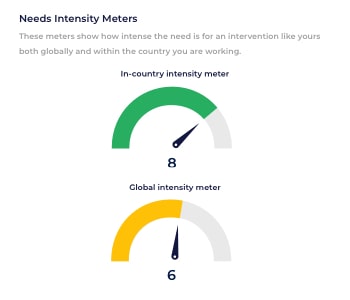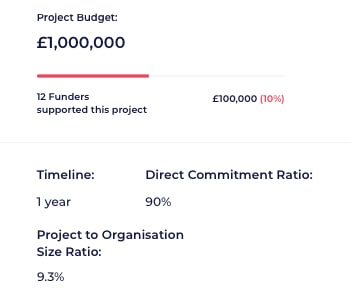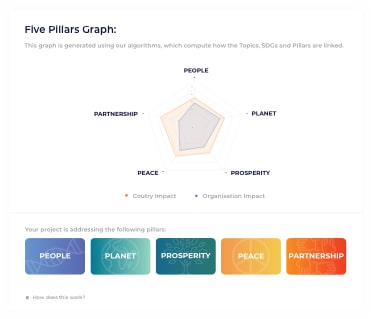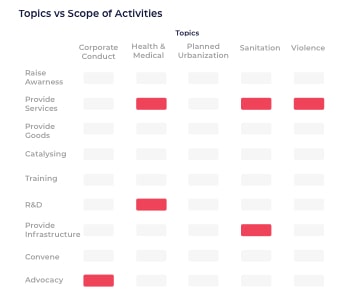SDGs and our Metrics
Our collective global to-do list to build a better future
for everyone by 2030, as agreed by 193 nations.
Why?
Everyone wants to make a difference.
What can we do to make a difference? How will we know that we have actually succeeded? How do we consolidate the impact of fragmented efforts around the world? We want to quantify and aggregate impact to show how each of us are making a difference.
The United Nations Sustainable Development Goals (SDGs) are the blueprint to achieve a better and more sustainable future for all. To achieve the SDGs we need global coordination between governments, businesses, philanthropy and civil society. We can only achieve the SDGs with a collaborative approach.
What?
Agreed by 193 countries in 2015, the 17 SDGs underpinned by 169 targets and 244 indicators, are the world’s to do list for the next 10 years. Click on the individual cards below to learn more about the SDGs.
SDG Profile Simulator
Generate your SDG profile by choosing topics and actions for each topic relating to your organisation’s work, and see how our algorithms link SDGs to Five Pillars.
UN Global Goals Index
Country governments, businesses, investors & philanthropists can use this map to enable strategic & effective collective global impact.
The color shows sum of Global Index Rank which ranges from 1 to 156 for each country. The color depicts relative needs intensity from red (high intensity) to green (low intensity).

Data sourced from Sachs, J., Schmidt-Traub, G., Kroll, C., Lafortune, G., Fuller, G. (2019): Sustainable Development Report 2019. New York: Bertelsmann Stiftung and Sustainable Development Solutions Network (SDSN). This work is licensed under a Creative Commons Attribution 4.0 International License.
How?
The SDGs can come across as too generic and too many. To understand and align the philanthropic contributions towards a sustainable 2030 may seem too complicated and unrealistic. To address this, we have decoded the complexity of the SDG framework to make them relevant, easy to understand and effective to measure.
The algorithms which combine the use of SDG targets and indicators data at global and country level underpin the impact we project through the unique MaanchMetrics for every project listed for funding. MaanchMetrics are designed to make it easy and transparent to understand impact and make the process harmonised and transparent. with more accessible and specific data organisations use to describe their projects.
The MaanchMetrics also go beyond the SDGs framework to show funders how projects and activities will make a positive difference. Maanch aims to aggregate data and bring transparency, discoverability and harmony of information to the philanthropic sector.
Our visualisations
From the data we collect at a project level, combined with SDG baseline data, we process MaanchMetrics to give the following insights:
